Solar Technology Emissions Impact Assessment Case Study with Nysnø Climate Investments and MoreScope | Project Frame August Community Meeting
Disclaimer: Project Frame is not a regulatory body, nor should its content be considered financial advice. Methodology guidance produced by Project Frame represents our contributors’ consensus and no one singular entity. Our work is intended for readers to review and use their best judgement to accelerate GHG mitigation with transparency and accountability. Numbers used in Case Studies are fictional and meant for educational purposes only.
On paper, the future emissions impact of a climate solution is roughly equivalent to its unit impact multiplied by a specified volume. But what does that look like in practice?
Content Working Group Members Solveig Sundsal of Nysnø Climate Investments and Sophie Bruusgaard Jewett of MoreScope joined the Frame community on August 29 to share a peak into their approaches to forward-looking GHG impact assessments with a case study on the production of silicon ingots and wafers for solar panels.
Uncovering Future Emissions Impact with Nysnø Climate Investments
Nysnø Climate Investments, Senior Associate Solveig Sundsal explained, was founded by the Norwegian state in response to the Paris Agreement in 2015 with a focus on industrial ventures, which can include first-of-a-kind (FOAK) projects that “have a higher capital requirement … and a longer [time] horizon.”
“We see that as a very interesting space in Norway,” she said.
To understand the GHG impact potential of a company manufacturing silicon ingots and wafers—a vital component of solar cells—Sundsal explained that they identified two effects that can contribute to the product’s future emissions impact:
A direct effect related to the emissions associated with the production of wafers in Norway, in contrast to those produced in China, and
An enabling—or facilitating, in Project Frame terminology—effect related to the wafer’s contribution to broader solar energy production, as opposed to fossil fuel-based electricity generation.
In calculating the solution’s unit impact, Sundsal said they’ve made a number of assumptions, including the use of a dynamic baseline, explaining that “the emissions from the baseline production will also be reduced over time in our quantification.”
In their categorization of direct and enabling effects, Sundsal explained that one of the other dynamic factors they consider is whether something can be deemed a pioneering technology or one of the first in its technology class, as in this case study.
While that might afford them a premium early on, Sundsal continued that in that case, “you could not claim that [you are a pioneering technology] for 20 years ahead because this might change,” she said. “Then this will have a shift and we will maybe categorize this as an enabling effect.”
However, Sundsal noted, “We have only one scenario, which is our adjusted production estimations. We see that this is a bit vulnerable as we know, as venture investors, these scenarios are changing year by year, month by month.”
“The way forward for us is to try to get high, low, and base case projections of emissions so that we can align this with the same way that we do the financial projections,” she said, in addition to hoping for more common baseline libraries to improve GHG Impact Measurement and Management as a field in hopes of minimizing assumptions in their own processes.
Simplifying the Process with Software
According to MoreScopes’ co-founder and CEO Sophie Bruusgaard Jewett, the Norway-based climate impact software is “a climate tech company first and foremost.”
The tool aims to be a one-stop-shop for climate impact quantification, from pre-investment avoided emissions forecasting to backward-looking carbon accounting.
For pre-due diligence assessment, which Bruusgaard Jewett explained is aligned most closely with Frame’s methodology for potential impact, MoreScope users can pull from technology templates and an integrated parameter library that simplifies the data-finding process.
MoreScope’s due diligence features, which align with Frame’s planned impact approach, allow users “to look at forward-looking impact,” said Bruusgaard Jewett. “So both looking at how the world will change but also how the company plans to grow and evolve.”
Here, MoreScope has embedded optional adjustment factors, which are still in discussion amongst the Frame community. “It is flexible to the individual investor's methodology where we try to highlight what is becoming the best practice in order to guide users,” she said.
Beyond impact assessment and quantification, Bruusgaard Jewett explained that MoreScope can be used for supply chain ESG due diligence “for companies to figure out their risks in their value chain,” and reporting.
Sundsal said that using MoreScope’s dashboard provides Nysnø with “a very nice and easy way of getting a snapshot of the impact from our portfolio companies” while features like its parameter library have helped simplify their assessment process compared to large Excel spreadsheets.
Learn more about MoreScope and similar emissions impact assessment tools in Project Frame’s Tool Showcase and GHG Impact Resource Dashboard.
